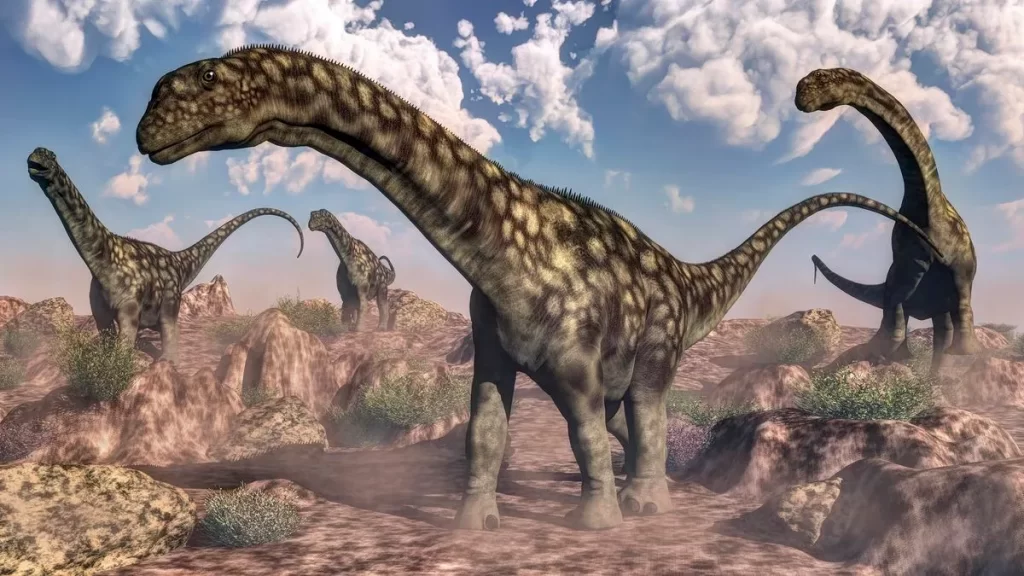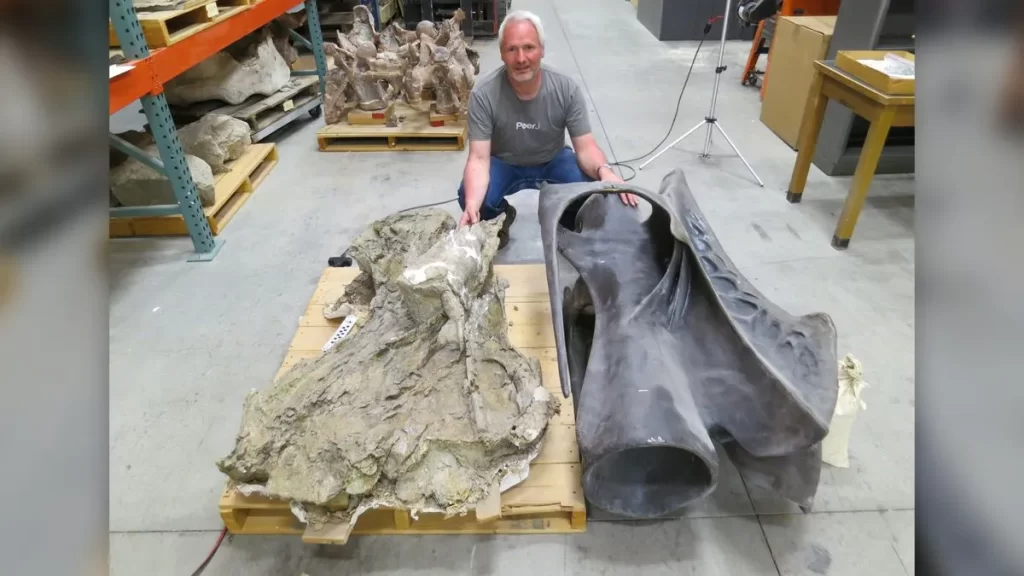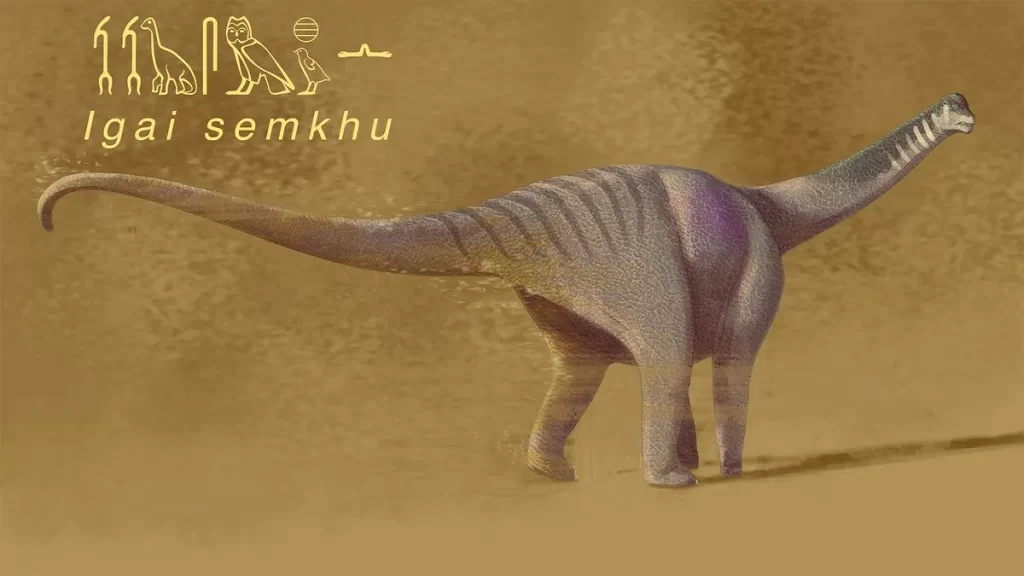
Their necks were most likely three feet longer.
Think of a ponderous long-necked dinosaur. You may have seen these herbivorous creatures portrayed in films, chewing on difficult-to-reach leaves, or you may have seen a mounted skeleton in a museum. But prepare for a reality check: according to a recent study, every sauropod neck you’ve ever seen is probably incorrect.
Surprisingly few whole sauropod necks have been documented scientifically, and even fossils with relatively full necks frequently have malformed bones from tens of millions of years spent outdoors. Additionally, many palaeontologists fail to take into account how long sauropod necks would be if things like cartilage and fat were included in models, and they frequently disagree on where the neck ends and the backbone starts.
According to Mike Taylor, a research associate at the Department of Earth Sciences at the University of Bristol in the U.K., “don’t take too seriously the mounted skeletons that you see in museums,” he advised Live Science. Sauropod necks may easily be roughly 3 feet (1 metre) longer than we presently think they were if researchers have access to a whole sauropod neck and adequately compensated for its missing cartilage (which seldom fossilises), he said.
Taylor has been fascinated by sauropod necks for more than 20 years. “They’re just fascinating on so many levels — mechanically, biologically, physiologically, ecologically,” he stated. “They’re arguably the most extreme body parts evolved by anything that’s ever lived.”
Taylor found that many sauropod neck fossils were dreadfully inadequate as he studied them, for example to argue that sexual selection was not the primary cause of the sauropod’s excessively long neck.

Numerous specimens, including “celebrity” sauropods like the large brachiosaur at the Natural History Museum in Berlin and the Diplodocus and Apatosaurus from Pittsburgh’s Carnegie Museum of Natural History, whose replica casts can be found all over the world, have “imperfectly known necks,” Taylor wrote in the new study. Due to overzealous restorers in specimens discovered in the 19th and early 20th centuries, missing bone might be challenging to identify.
It is not surprising that full fossilisations are rare because sauropods were massive; the largest terrestrial species, most likely Argentinosaurus, may have been 115 feet (35 m) long and weighed 77 tonnes (70 metric tonnes). An animal must be immediately covered in sediment before being destroyed by predators or the elements in order for it to become fossilised, which is unlikely to happen to a large beast. Additionally, Taylor noted that because sauropod neck vertebrae were hollow and brittle, they were easily bent, crushed, or shattered during the fossilisation process.
He stated in the study that it is not by chance that the smallest animals, such the cow-sized juvenile Camarasaurus lentus, are the most thoroughly preserved sauropods. The Patagotitan, Puertasaurus, and Dreadnoughtus necks are regarded to be the longest titanosaur necks to date, measuring about 32 feet (10 metres), but the available evidence is scant. There are only three neck vertebrae in Patagotitan, one in each of Puertasaurus and Dreadnoughtus, and three in Patagotitan.
When vertebrae are missing or mixed up, it might be challenging to determine how long the neck was. “In mammals it’s really easy to tell because there are seven cervical vertebrae in the neck and they don’t have ribs attached [to them],” Taylor stated. However, some neck vertebrae of sauropods attach to the ribs, making it difficult to distinguish between the neck and the trunk in some dinosaurs.
Even this well-known dino’s neck is questionable. The Carnegie Diplodocus, sometimes known as “Dippy,” is shown as a cast in museums all over the world, including those in London, Berlin, and Paris. Although it was initially thought to have 11 cervicals, this number was eventually revised to 15, as evidenced by contemporary replicas. Taylor said in the paper that it’s possible that Dippy had even more cervicals—or even fewer—due to the possibility that one of them was misassigned.
Better educating the public about what is known and what is simply a guess would be one improvement, according to Taylor. One idea is to highlight the known bones in a different colour in museum mounts that have been meticulously recreated.
Femke Holwerda, a postdoctoral research fellow at the Royal Tyrrell Museum of Palaeontology in Alberta, Canada, who was not involved in the study, emphasised the significance of understanding the current limits of our knowledge regarding sauropod neck, particularly when it comes to creating family trees based on anatomical features.
The study was described on Taylor’s blog, SV-POW, and published online on January 24 in the journal PeerJ.
Source: Live Science

